Iquitos, a surprisingly large town in the very heart of the Amazon rainforest in Peru, is one of the biggest cities in the world that’s unreachable by road. We had sailed down the Amazon river from Colombia to reach it, and now found ourselves in a bizarre town filled with architecture that must have been grand and beautiful once but had been decaying since the rubber boom and now looked strangely sad and lonely. The town brought to colourful reality the book I’d been reading before our arrival, Nicholas Shakespeare’s The Vision of Elena Silves.
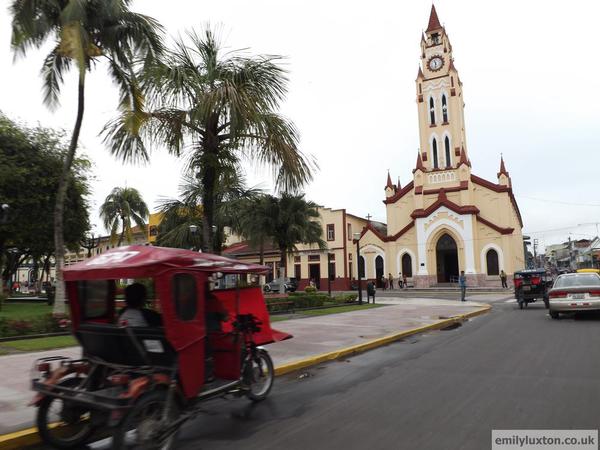
(Casa de Fierro)
The market port of Belen, the floating wooden houses built on rafts surrounded by thick greenery growing straight on the river’s surface, the bizarre metal house of Casa de Fierro built by Gustave Eiffel and transported to Iquitos by a rubber baron in 1890, all brought the dreamlike pages of Shakespeare’s novel to life and seemed drenched in a surreal and terrible history.
Seeking the pulsing nature of the mysterious surrounding Amazon, we headed out on a full day tour with Wimba Tours, starting with two hour’s boat ride down river. En route, our enthusiastic and lovely guide Alfredo would not stop giving us facts, pointing out trees and listing what ailments their sap would cure (everything from tapeworms to diabetes, in most cases). We stopped where the small estuary near Iquitos meets the Amazon itself, forming a dead straight line between the dark water of the estuary, which is turned almost black by the vegetation growing in it, and the tea-coloured brown of the Amazon. Almost everyone on board but us spotted a grey river dolphin, which prompted Alfredo to list all the differences between the grey and pink dolphins. He was such an interesting guide, although unfortunately I can’t remember most of the endless facts he produced for us.
It had been raining heavily all morning, a welcome break from the rainforest’s humidity, and it hadn’t ended by the time we reached our first stop; an animal rescue centre on the edge of the Amazon. Guillermo, the carer who runs the shelter, showed us around in the grey drizzle, and at first glimpse we appeared to be standing in an empty, uninteresting clearing. Suddenly, we spotted movement, and at Guillermo’s whistle they came closer: a group of white and brown capuchin monkeys and lanky spider monkeys, swinging playfully from low hanging tree branches and showing off for us. Proximity to the humans who feed them had made the animals bolder, but by no means tame, and some of the monkeys approached us cautiously, trying to check bags for food, although on the whole they hung back and played in the trees.
Besides the monkeys, there were colourful parrots who refused to acknowledge us or move into the rain from the shelter of their hut, and an enormous prehistoric turtle, which sat still on the wet ground with what looked like a smile on it’s bizarre, warty face. We were all most excited by Rosita, a rescued baby sloth who happily let all of us hold her, smiling serenely like a stuffed bear in our arms. She looked animatronic, moving slowly and lazily to scratch her head, holding my finger with her three claws in a surprisingly strong grip, but she was absolutely adorable and I struggled to hand her back to Guillermo when the time came to move on.
One of the last stops at the rescue centre was beside a big, swamp-like pond of dark water covered in green vegetation. Guillermo stuck an arm into the water and wriggled about a bit while we looked on dubiously, trying to work out what could be in the pond. Another turtle? Fish? Suddenly, with a whirl of impossibly quick movement, Guillermo jerked back, yanking something long and dark and thrashing out of the water. It was a huge anaconda, about two and a half meters long, who sat docilely enough once Guillermo had a strong grip on it’s head, but whose strong body writhed slowly around me when I posed for a photo, so that I could feel the strength and silent power in it’s coils. From the grip Guillermo kept on the snake, I could tell it was dangerous, even though they don’t bite, and as much as I love snakes even I was a little scared by such a huge, powerful serpent.
Before leaving, we tried some ‘jungle wine’, a dangerously strong alcohol containing twigs and tree bark which the locals assured us would cure all manor of diseases – they recommended a shot every morning – and watched one of the bolder monkeys steal a piece of fruit and a plastic cup, pretending to drink from it. After a chat with some of the local guys who work at the centre, mainly about the potency of the homemade jungle wine – which we bought a bottle of – it was time to head back to the boat for the next stage of our river tour.
We pulled up next at a small village alongside the river, and walked inland a bit before boarding a motorized canoe. The river here was formed by flooding from the Amazon; Alfredo explained that in summer this whole area of forest is dry and you can walk along it to Wimba Lodge – the jungle lodge which the Wimba tour company use as a base – but during winter the river level rises dramatically and floods the forest.
We cruised along the river, the glassy black water perfectly reflecting the trees growing straight out of it. Beside the birds and the sound of the oars, there was total silence, apart from occasional splashes as fruit fell from the branches overhead into the still water. Alfredo told us that in places it could be twenty foot deep, or more, and with the thought of fish swimming past forest trees the silent, calm water below us seemed filled with mystery.
As we pulled up at a muddy bank, Alfredo began calling out towards a damp clearing, a strange word I didn’t recognise. From somewhere beyond the trees came an answer, and as we clambered up the slope a small group of wooden huts, thatched with palm fronds, came into view. The clearing and huts, coated in drizzle under a grey sky, seemed deserted, so it was Alfredo who introduced us to the village of the Yaguas – the native tribe of the area. Inside the largest hut – a huge cone-shaped thing with a high ceiling used for meetings, rituals and ceremonies – we met the chief, his gut hanging over his grass skirt, his weathered face smiling. The chief, who didn’t speak a word of Spanish or English, painted our faces with a bright red dye in swirling patterns which indicated if the person was single, married, or looking.
Whilst we were being painted, another tribe member shuffled in; ancient, wrinkled, and clearly very out of it, the village’s shaman looked a lot like someone who has taken a few too many hallucinogenic drugs in his time. Anything between 80 and 200 years old, the shaman barely looked at us, flinched away from the chief when he tried to paint his face, and didn’t seem to know what was going on. Even so, he played some traditional music for us while we danced with the chief: a halting, galloping march in a line holding hands round and round the hut.
It was a bizarre experience, but very fun, and it quickly got stranger as we were led outside for a demonstration in the tribe’s traditional hunting method, the blow dart gun. The chief produced an enormously long pipe, which he used to blow spindly wooden darts across the clearing into a wooden sculpture of a man; first hitting him between the eyes, then in the throat, and finally right on the end of the unfortunate guys’s exaggerated genitalia. After the chief’s impressive performance, we all had a go, and discovered that it is so much harder than it looks. It took me three tries to even blow the dart out of the end of the gun, but when I finally managed I did get the wooden guy right in the throat, so I was pretty proud of myself!
We left the Yaguas and headed to Wimba Lodge, a beautiful wooden lodge in the heart of the jungle, for a delicious lunch of fried dorado (golden catfish) with rice. After lunch, we got into another canoe – this time with no motor- and paddled down the river into the forest. We stopped briefly to check out a wimba tree on the shore, an enormous tree about ten foot wide and goodness knows how tall (Alfredo did tell us, but unfortunately he told us so much that day, that I’ve only retained a tiny portion of it). The last part of the day’s schedule was a spot of piranha fishing from the canoe, but sadly we’d run quite late so we only had about ten minutes or so, and none of us caught anything. It was still really cool to sit in the silence of the river-forest, surrounded by black water with no idea what was lurking amongst the trees beneath the surface.\
The journey back upriver to Iquitos took almost two hours, but by this time the sun had come out and we were blessed with an impossibly beautiful blue sky lined with sculpted clouds that reflected on the Amazon’s surface. We glimpsed a few river dolphins, and along the bank I caught sight of a flash of dark movement which the guides said was a catfish.
It was a fantastic day, filled with wildlife and beauty, which gave us the tiniest glimpse of the powerful, mysterious Amazon.
www.emilyluxton.co.ukTwitter: @em_luxton

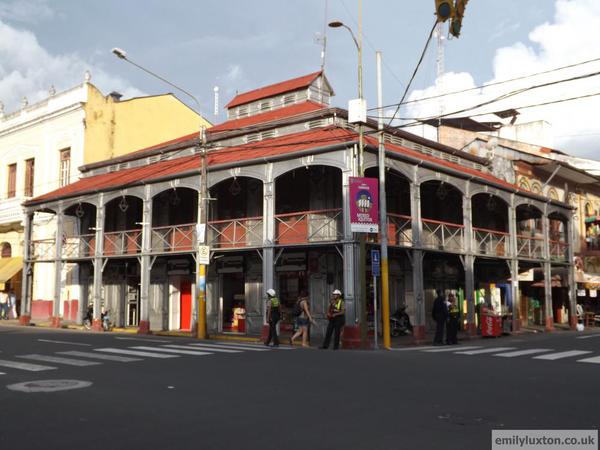
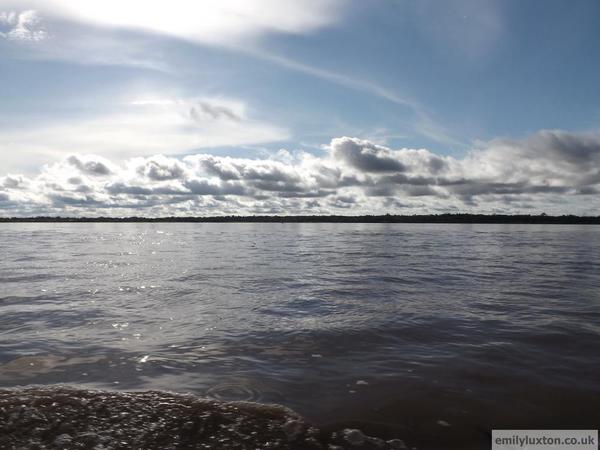
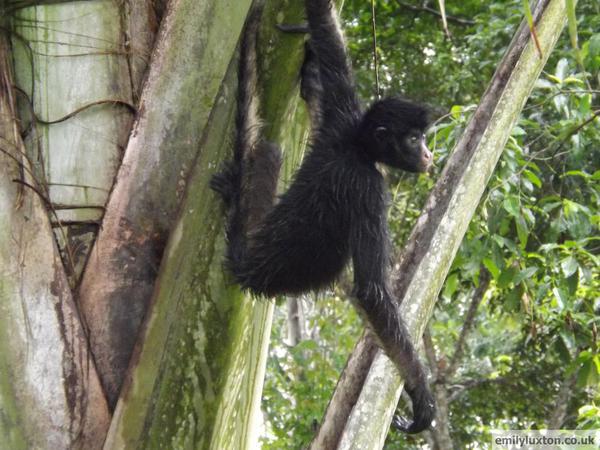
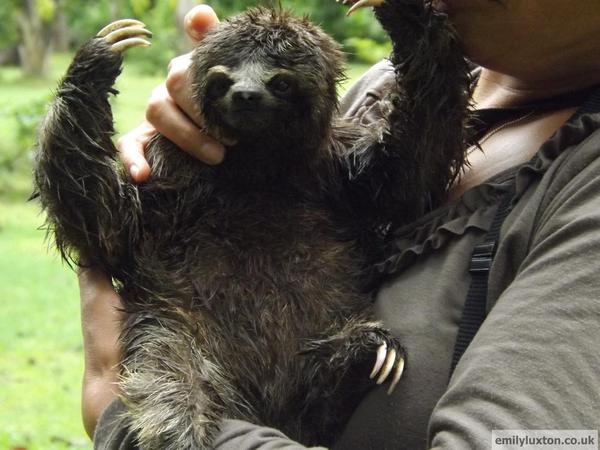
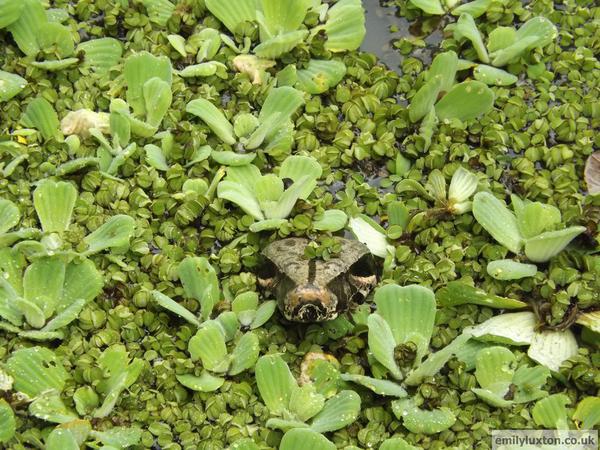
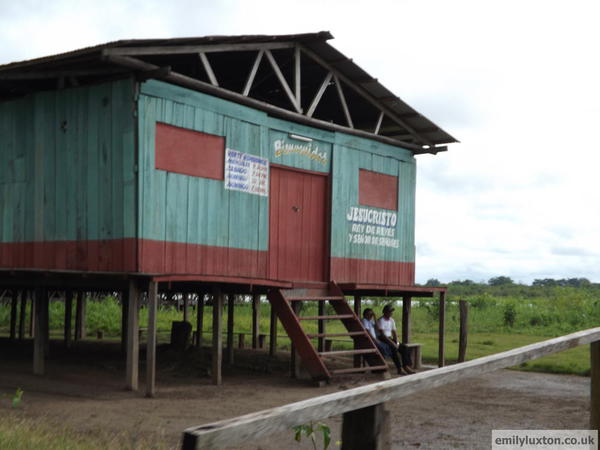


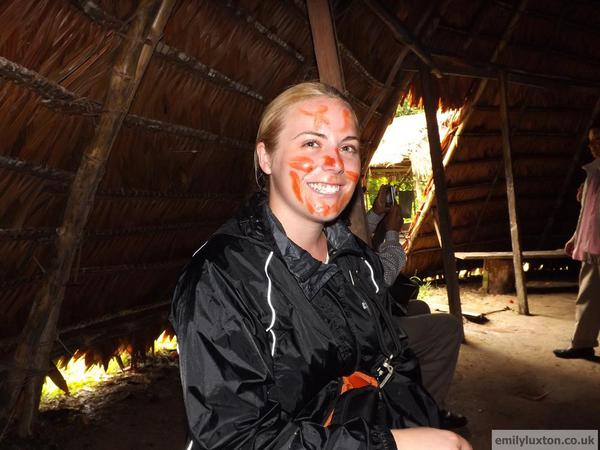
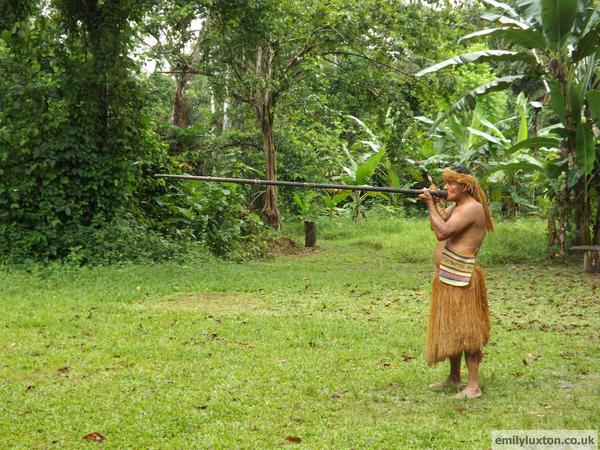
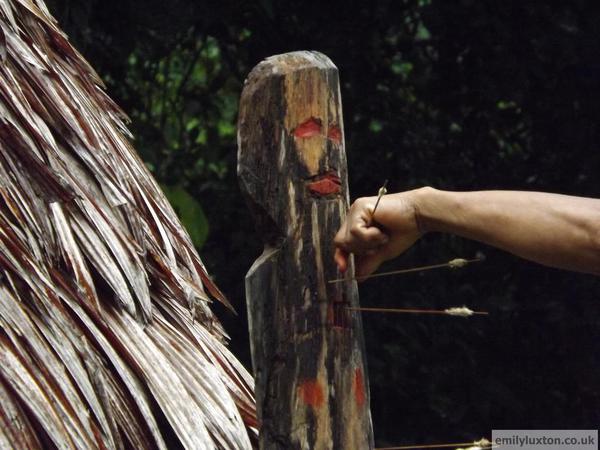

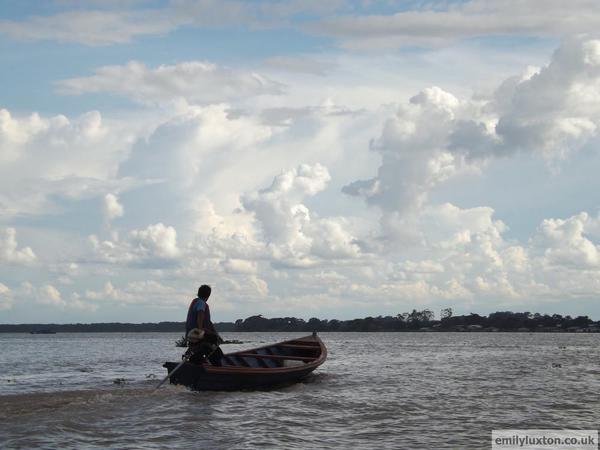
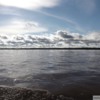

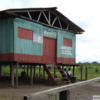

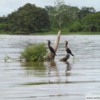

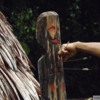
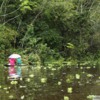
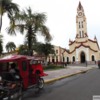


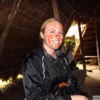
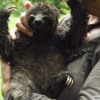

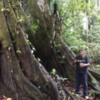
Comments (3)